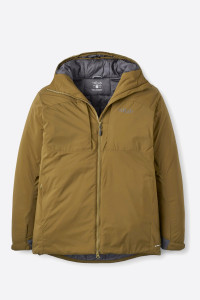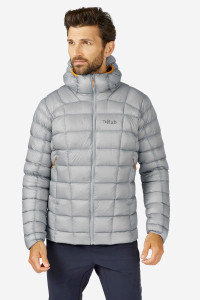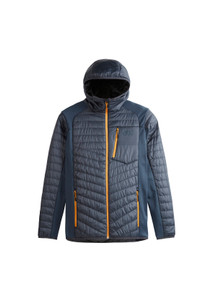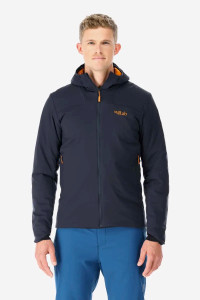
Insulated Jackets
Insulated jackets are outerwear designed to keep you warm by trapping body heat. Unlike waterproof jackets that protect you mainly from rain, insulated jackets focus on thermal insulation — they help retain your body heat in cold conditions.
Main Purpose:
To keep you warm in cold weather by using materials that trap heat.
Types of Insulation:
-
Down Insulation (Natural):
-
Made from duck or goose feathers (the fluffy undercoating).
-
Pros: Super warm, lightweight, compressible.
-
Cons: Loses warmth when wet (unless treated); can be expensive.
-
-
Synthetic Insulation:
-
Made from man-made fibers (e.g., PrimaLoft, Thinsulate).
-
Pros: Retains warmth even when wet, cheaper, hypoallergenic.
-
Cons: Slightly heavier and less compressible than down.
-
Key Features:
-
Insulated Layer: Traps warm air close to your body.
-
Outer Shell: Sometimes water-resistant or waterproof.
-
Lightweight to Heavyweight Options: Depending on temperature needs.
-
Packability: Some compress into small sizes for travel.
-
Hooded or Non-hooded: Hood adds extra warmth.
Common Uses:
-
Winter hiking, skiing, snowboarding
-
Everyday winter wear
-
Mountaineering or alpine climbing
-
Layering under a shell in extreme cold
Comparison: Waterproof vs. Insulated Jackets
| Feature | Waterproof Jacket | Insulated Jacket |
|---|---|---|
| Purpose | Keep you dry | Keep you warm |
| Main Use | Rainy/windy conditions | Cold/snowy conditions |
| Material | Waterproof membrane (e.g., Gore-Tex) | Insulation (down or synthetic) |
| Breathability | Moderate to high | Varies depending on material |
| Warmth | Minimal (unless insulated) | High warmth |
Note: Some jackets combine both features — waterproof and insulated — especially in winter or ski jackets.
Would you like help choosing an insulated jacket for a specific activity or climate?
























